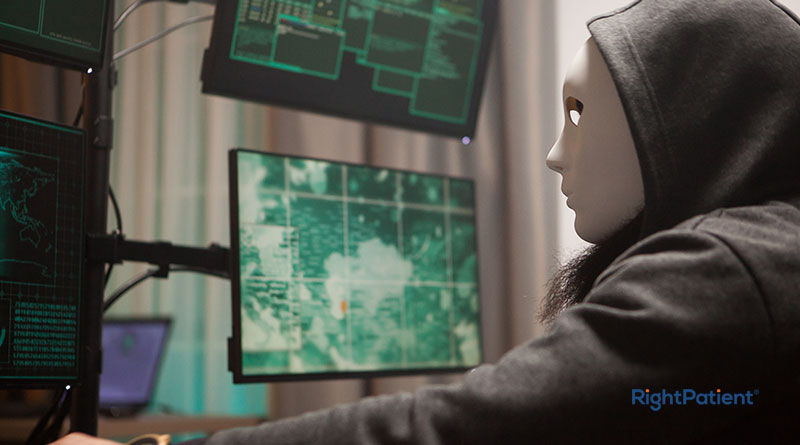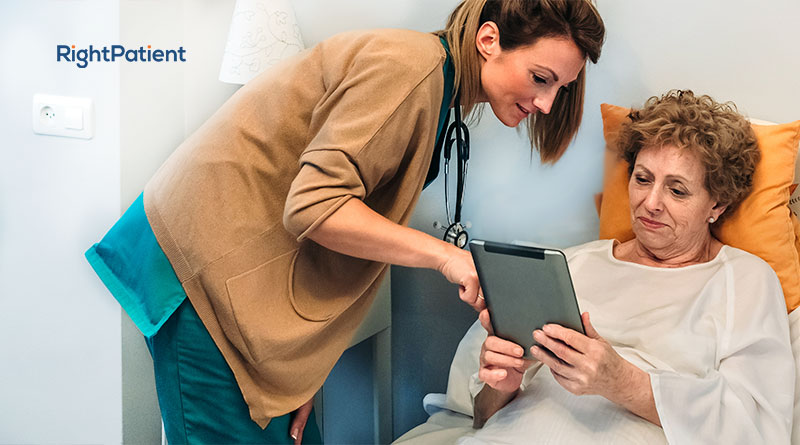Patient Verification Helps Hospitals Deal with Decreasing Revenue as COVID-19 Cases Rise

Hospitals and health systems are constantly being challenged by the pandemic. Sure, COVID-19 has affected virtually every business – many organizations have declared bankruptcy while others have shuttered their doors. However, most, if not all of these organizations, had their employees work from home. Healthcare providers, on the other hand, had to face unprecedented challenges head-on, such as frontline healthcare teams risking their lives, losing billions of dollars, patient verification issues, data breaches, and more.
Unfortunately, it looks like the battle with COVID-19 is far from over for healthcare providers. With the Delta variant once again wreaking havoc, caregivers are experiencing razor-thin margins. That being said, accurate patient verification CAN prevent many issues, helping hospitals survive this challenging period. Let’s take a look at a few stats that show how concerning the new variant is and how positive patient identification can help caregivers.
Some recent statistics that show a rise in margins and expenses
While things were definitely getting better with millions being vaccinated across the U.S. and businesses slowly opening up, the Delta variant of COVID-19 has struck back with full force. While healthcare providers have been facing lower losses and improved margins when compared to the first half of 2020, a new report sheds light on many facts. While many indicators show that things are going in the right direction, some show that the effects of COVID-19 are far from over.
The “median operating margin index” in June was 2.8%, excluding funding from the CARES (Coronavirus Aid, Relied, and Economic Security) Act. When taking funding into account, it was 4.3%.
What do these numbers mean for hospitals and health systems? Well, it’s an increase of almost 90% (excluding CARES Act Funding) or 48.7% (including the funding) when compared to the first half of 2020. All of these numbers are based on 900 hospitals that have participated monthly for the last three years.
When it comes to patient volumes, it’s a mixed bag. Patient volumes were higher when compared to 2020, but lower than they were before the pandemic. For those who want specifics, discharges between January and June of 2021 were 10.1% higher than in the first half of 2020, but when compared to the first half of 2019, patient volumes are down 4.4%. A similar trend can be seen for ER visits in hospitals, i.e. higher than in the first half of 2020 but lower than in the first half of 2019.
Fortunately, the revenue of hospitals and health systems has increased compared to both 2020 and 2019! According to the same report mentioned above, this is because of outpatient visits. “Gross operating revenue,” excluding CARES Act funding for January to June of this year, was 18.2% higher than the same period of 2020 and 7.9% higher than the same period of 2019.
But all of these statistics look good for hospitals, right?
Well, while all of these do look good, expenses have also increased – affecting margins significantly. The first half of 2021 saw an 8.5% rise in expenses when compared to the first half of last year, and an increase of almost 10% when compared to the first half of 2019.
While margins are increasing, expenses are increasing as well
Unfortunately, the COVID-19 pandemic is far from over – the Delta variant has reached the U.S. and has been in the news for the past few weeks. While healthcare providers have opened their doors to regular patients, COVID-19 cases are spiking once again, and this might be detrimental to hospital margins according to an official associated with the study mentioned above.
Hospitals need to identify ways to reduce losses, improve patient safety, and avoid unwanted incidents that hurt the bottom line. But how can patient verification help?
How patient verification helps improve hospital margins
Accurate patient identification has been a topic of discussion for several years now, and identification errors have also given rise to a number of studies.
Accurate patient identification helps
- Prevent medical record errors such as duplicate medical records and overlays
- Prevent medical identity theft in real-time
- Protect patient data integrity
- Reduce denied claims by ensuring accurate, consistent information within medical records
- Prevent medical errors that might lead to patient safety incidents
- Avoid dangerous patient mix-ups, including transplant mix-ups
- Ensure CMS compliance by sending out proper e-notifications to appropriate caregivers
- Improve patient outcomes
- Reduce hospital readmissions
All of the above, when considered together, can drastically reduce losses and improve a hospital’s margin. We know this because our leading patient identification platform has been helping several healthcare providers for years.
Patient verification made easy with RightPatient
A number of healthcare providers have chosen RightPatient to manage their patients’ medical records. In a post-pandemic world, RightPatient’s touchless patient ID platform makes the most sense, as it keeps everyone safe by preventing physical contact (when compared to other methods of identification).
RightPatient reduces denied claims, improves patient safety, prevents duplicates and overlays, and prevents patient identity theft – boosting the bottom line of hospitals.
How are YOU planning to reduce losses and improve margins at your healthcare facility?
































